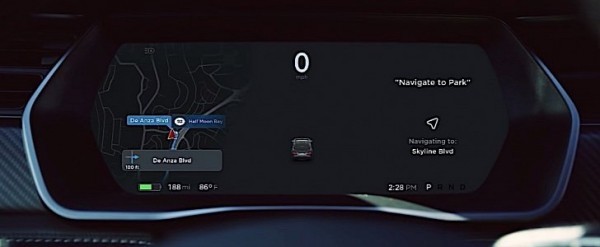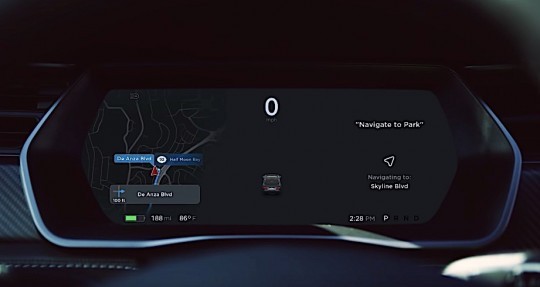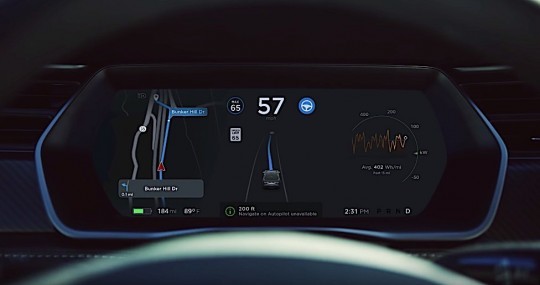
To date, the performances of the Autopilot feature are, at least as figures are concerned, amazing. According to Tesla, since the Navigate on Autopilot feature’s introduction in 2018, the feature was in use for a total of 66 million miles. During these long drives, there were 9 million suggested lane changes successfully performed.
All of the nine million lane changes had to be confirmed by drivers, a thing that is, in Tesla’s view, far from a perfect autonomous motoring experience.
So enter the No-Confirmation Lane Change update.What Does It Do?
Simply put, the update will eliminate the need for lane change confirmation. Very important to note, the Autopilot update does not take the option to have turn stalk engaged out of the equation, but only allows drivers the option of not confirming lane changes.
Officially, Tesla says this new option will make “road trips and highway driving more relaxing, enjoyable and fun,” while giving drivers “an easy way to follow their car’s navigation guidance when traveling on an unfamiliar route.”

For most people getting the update, having the car change lanes without confirmation will probably create further confusion as to the capabilities of the Autopilot. That’s why the carmaker warns that “this feature does not make a car autonomous.”
To reinforce this message, the no-turn stalk confirmation lane change will not happen unless the driver’s hands are detected on the steering wheel. How to Activate It
As soon as the system finishes downloading the update, setting up Autopilot to change lanes without confirmation is easy.
In the Settings menu, the driver must press the Customize Navigate on Autopilot button. Once that is pressed, three new settings will appear: Enable at Start of Every Trip, Require Lane Change Confirmation, and Lane Change Notification.
Enable at Start of Every Trip, when activated, allows Autopilot to automatically turn on each time a navigation route is entered. This means that anytime the car is on a highway with the location plugged into the navigation bar, the feature will be on all the time.
Require Lane Change Confirmation is the setting that allows Autopilot to run with or without turn stalk confirmation. When Yes is selected, the system works just as before, with the driver having to confirm every lane change manually. When No is selected, Autopilot changes lanes without waiting for confirmation.
 Regardless of the setting for the lane change confirmation, drivers will be notified of upcoming lane changes by a wide range of signals. Lane Change Notification allows drivers to select the best suitable notification type for them.
Regardless of the setting for the lane change confirmation, drivers will be notified of upcoming lane changes by a wide range of signals. Lane Change Notification allows drivers to select the best suitable notification type for them.
The available choices are audible chime and visual prompts, as well as steering wheel vibration. This last notification type is only available for cars manufactured after August 2017.
According to Tesla, the notifications about upcoming lane changes are meant to “provide drivers with the opportunity to check their surroundings” and make a decision whether a lane change is appropriate or not.
At any time, Autopilot’s decision to change lanes can be overridden by moving the car’s turn signal or by selecting the lane change cancellation notification on the car’s touchscreen.Issues
At the end of last year, the Euro NCAP became the first organization in the world to address concerns about Tesla’s Autopilot. Euro NCAP did not criticize the technology per se, but Tesla’s failure to properly explain its limitations.
In a nutshell, Euro NCAP said Autopilot is poorly named and the victim of bad advertising that leads to people believing it can drive the car for them.
Tesla’s efforts to convince people of the contrary can be summarized by the phrase “until truly driverless cars are validated and approved by regulators, drivers are responsible for and must remain in control of their car at all times,” but in light of recent developments, that may just not be enough.
Autopilot is undoubtedly the most successful and efficient self-driving technology on the market. But it’s a tech that is way ahead of its time and any evolution has to be thoroughly explained before being implemented..








